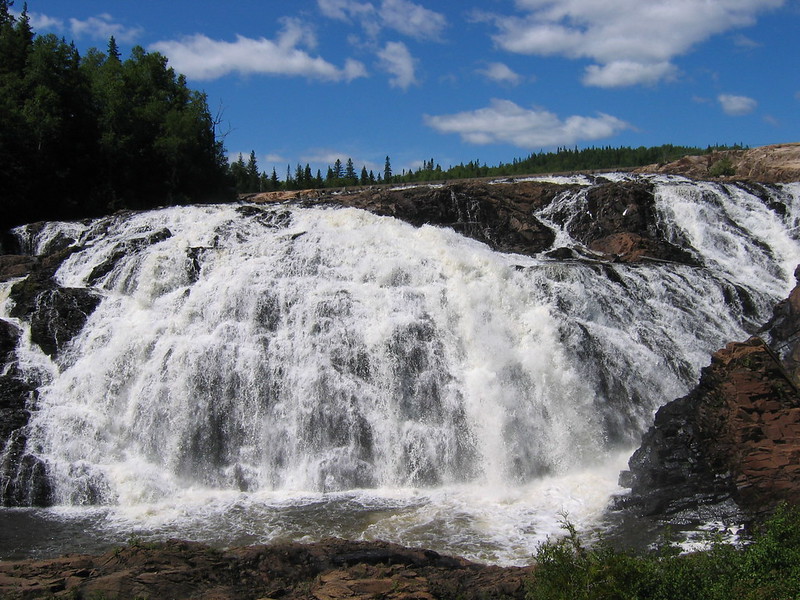If corporations can have rights, so can nature
Good books entertain and inform. Great books bust open your worldview and leave you with a different, much broader way of seeing things.
“Is a river alive?” by Robert Mcfarlane is one such great book. From the cloud forests of Ecuador through the violated rivers of India to a wild stream in Quebec, the author makes a persuasive case for giving legal personhood, not just to rivers, but to forests and mountains too.

In western society, we are used to treating nature as an asset — as money in the bank. A mountain is granite or coal to be mined. There’s oil to be drilled out from under the sea. The river’s flow is just waiting to be turned into electricity. We use up nature, and discard the remains. We give legal personhood to the corporations that do all these things. In many places, they have more rights than people do.
Indigenous people around the world have always seen nature as alive, and have treated it as a sacred relative to be honored. McFarlane acknowledges that he is merely narrating this argument for western audience.
Much of what he tells us comes from the courageous indigenous activists who, joined in the global Rights of Nature movement, have been fighting to safeguard the lakes and rivers, the forests and the mountains for a long time. He makes repeated reference to Robin Wall Kimmerer’s “Braiding Sweetgrass“.
It’s an important story beautifully told. It’s also an urgent call to action. The rivers, the mountains and the forests sustain our lives on this planet. We are destroying them a little more every day once enough of them are gone, so will we be.
We can prevent this, and we must. Giving nature standing to defend itself in court is a crucial first step.
Related reading
- Robin Wall Kimmerer (2013): Braiding Sweetgrass
- Andrea Wulf (2015): The Invention of Nature
- Susan Nerberg (2022): I am Mutehekau Shipu: A river’s journey to personhood in eastern Quebec